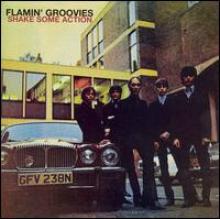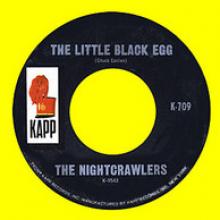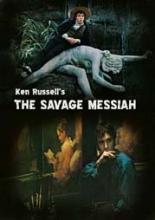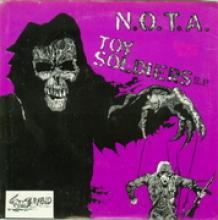The Orphans: Too Early and Too Late
There was a renaissance of punk in the early to mid nineties that expired by the turn of the century. ‘Alternative’ represented a culmination of underground sounds that ended up in the ears of youth who would soon start new bands, expanding on the sounds then current and whatever was being dug up for decade’s past. The critical mass of underground music, in this country, represented by SST, Dischord and Touch and Go, led many to dig deeper still into the past to discover the British punk bands, obscure and chart topping acts both. While the resultant acts, its musicianship and lyrics were more commonly trite than not (here and in Britain), a few bands managed to pull it off. Some of these ensembles garnered success and some, like Pennsylvania’s the Orphans, have had to wait a decade for the exposure that they probably deserved.
Erik Petersen founded the group during 1995 around Philly. And while the Orphans garnered a bit of good will through the release of a few singles and compilation appearances, the ensemble didn’t make it to the following decade. Instead, Petersen began Mischief Brew – a group somewhere between the Dropkick Murphys and Defiance, Ohio (the band, not the place).
From the pictures included in this compilation entitled Raise the Youth, listeners should estimate the age of the band to be seventeen or so. Given that, the lyrical stuff on here presents itself as something rather astounding. Surely nothing that matches Bob Dylan or any other well regarded song writer, but for a teenage punk band, they have few peers.
The musicianship, song structures, and rhythms are impressive. Occasionally, the band attempts to play beyond their musical means, but at-least they’re trying something new. Folk influenced tracks (“Anorexic Mind,” “What Reason Have They to Dance?,” “For an Old Kentucky Anarchist”) set the band apart from others that they may have played with. The songs don’t all come off that well, but the inclusion of a mandolin and strong lyrics make up for any inadequacies that maybe inherent. The cover of a Subhumans song, following a track that sounds suspiciously like Op Ivy should be all the explanation of the bands sound that one needs. So, if you’re still angry with your parents and paranoid about government spy tactics, pick this slab up and you’ll have four digital friends from a few decades back who know how you feel.








